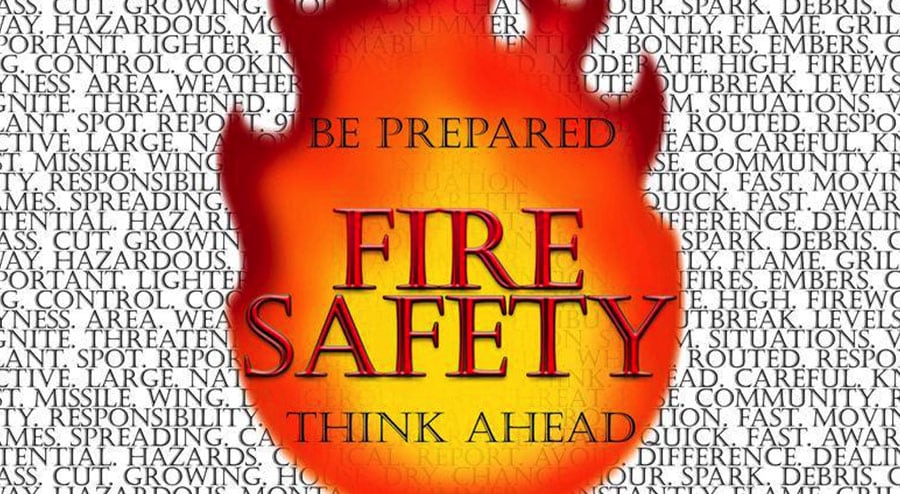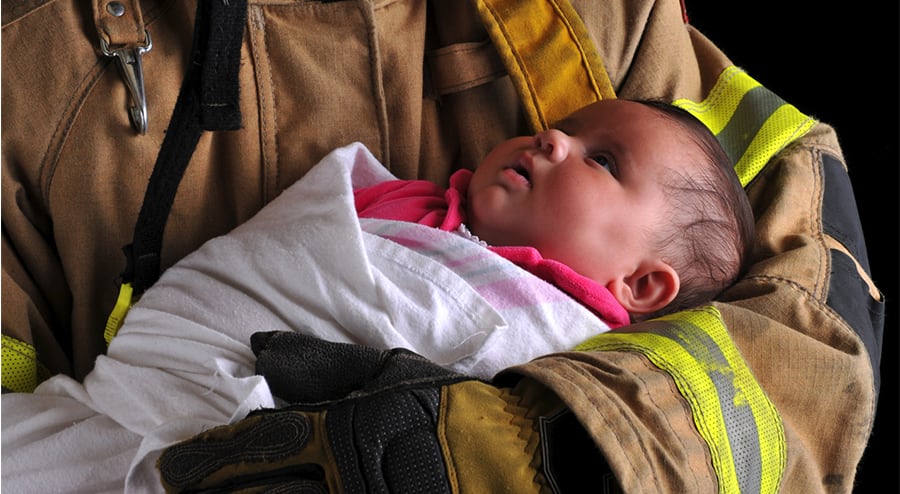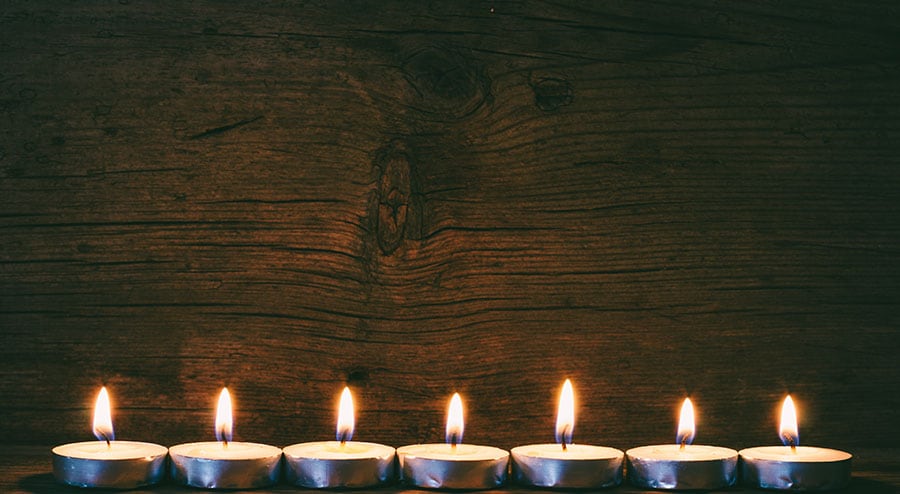There are many things that can pose a danger to kids and often this is simply due to a lack of understanding by children. As responsible parents, it is important to educate your kids about these potential hazards and teach them what they should and should not do in certain situations. Fire safety is one of the key areas that you should teach your children about, as this is something that could not only cause serious injury but could cause fatalities. There are many hazards within the home that could lead to a fire breaking out so you need to ensure that your children are aware of these hazards. Having safety devices in place like carbon monoxide and smoke detectors help, but you need to ensure that your kids are aware of what they need to do in the event of a fire; otherwise they may have no idea how to escape if a fire does break out. Does your child know drop and roll or what to do if they see a fire in the house? It is best that they practice these safety tips and have a family fire safety plan in place just in case there is a house fire.

The good news is that learning about fire safety doesn’t have to be a boring process. Of course, there are certain practical steps that you will need to go through as a parent such as fire drills and plans. However, there are also fun and interactive ways for young children to learn about fire safety including games, puzzles, quizzes, characters, and more. As a parent, you obviously want to ensure that your children are safe and protected. This is why people have smoke alarms and other devices installed in the home. However, you also need to make sure that your kids have the knowledge that they need when it comes to fire safety.
What You Need To Do As A Responsible Parent

There are a number of steps that you need to take as a responsible parent in order to teach your kids about fire safety and to help protect them in the home. Some of the key steps include:
- Ensure you have working smoke alarms: You need to make sure that there are working smoke alarms on every floor level in your home. Make sure you check the alarms regularly and change the batteries when they run low if they are not sealed unit alarms.
- Develop a fire safety plan: It is important to develop a fire safety plan so that you and your family know what to do in the event of a fire. Draw up a careful plan and make sure that it can be followed easily by everyone.
- Invest in home fire escape ladders: If the route of escape is blocked by fire on the upper floors in your home, people will be left trapped. With this in mind, invest in some residential fire escape ladders for each bedroom in the home so that everyone has a means of escape.
- Assess the home for potential hazards: You should make sure you check your home thoroughly for any potential hazards that could result in a fire. Consider every room in the home and make sure you take steps to reduce the risks if there are hazards.
Once you have all of this in place, you will be in a better position to teach your children about fire safety and hazards as well as teaching them what they need to do in the event of a fire.
Teaching Your Kids About Fire Safety

Once you have carried out all of the above steps, you can start teaching your kids about fire safety. When it comes to fire safety for kids, you need to ensure you educate them so that they are properly aware of the potential dangers as well as the steps that they need to take in the event of a fire. So, some of the steps that you should go through include:
- Potential hazards that they should not touch: There are many hazards in the home that could cause a fire, and your kids need to be aware of these that they know what they should keep away from. You should explain to young children about the dangers of playing with things such as electrics or matches. Also, make sure that they know all of the fire hazards in the kitchen and the things that they need to stay away from such as the cooker and electrical appliances. Children are naturally curious and, for youngsters, these things may be tempting unless you explain the dangers to them.
- How smoke alarms work and what they do: While you, as the parent, are responsible for the installation and maintenance of your smoke alarms, you need to ensure that your children are aware of what they are for. Talk to your kids about the functions of these detectors and what it means if they start bleeping. This way, your children will be aware that if they hear the alarm go off on their floor that there could be a potential danger.
- Going through the fire safety plan and doing some practice runs: Make sure you familiarize your children with the fire safety plan that you have devised so that they are fully aware of what they need to do in the event of a fire. You should go through each step of your plan carefully and in addition to this make sure you do some practice runs so that they are confident about what they have to do if a fire breaks out.
- What to do in the event of a fire: You also need to speak to your children about exactly what they should and should not do if a fire does break out. For instance, tell them not to hide, as their main aim should be to escape. Advise them that the easiest way to escape if there is a fire is to drop to the knees and crawl to the nearest escape route. This means that they will be exposed to less smoke, which makes it easier for them to get out. In addition, shows them what to do if their clothing does catch fire while trying to escape. This means demonstrating how to stop, drop to the ground, and then roll in order to extinguish the flames. Also, make sure that they are aware that they should never return back inside a burning building.
- Training with the fire escape ladders: When it comes to the fire escape ladders that you have purchased for your home, you need to ensure that your kids are fully confident when it comes to using them. Make sure you demonstrate how these ladders have to be used. You should then do some practice runs to ensure that all members of your family are familiar with how to use the ladders so that if a fire does break out they won’t be left struggling because they have no idea what they need to do.
- Contacting emergency services: Another thing you should do is make sure your children know how to contact the emergency services should they need to do so. If a fire breaks out there is a chance that one of the children may have access to a phone while the adults do not, in which case they need to know about dialing 911 and explaining what the emergency is.
By ensuring you explain all of these things to your children, you will be able to reduce the risk of a fire in the home and increase the chances of them being able to escape to safety in the event that a fire does break out.
Using Online Resources To Help Your Kids To Learn About Fire Safety

It is also worth exploring the wide range of online resources that are designed to teach younger kids about fire safety and hazards. These can be fun for kids, and they will be more inclined to digest the information if it is presented in this way. You should still carry out all of the steps outlined above but you can use the online resources as an additional means of getting your child to understand the risks and hazards involved.
For instance, the United States Fire Administration has a kids’ page which is filled with useful, easy to understand information to help kids to learn about fire safety. You will also find plenty of information on the National Fire Protection Association website so that is also well worth looking at. Look for sites and resources that present the information in a fun way, as this is the best way for younger children to learn about something that, to them, is essentially a boring topic.
Keeping Them Safe
Following these steps will make it far easier for you to keep your kids safe from the hazards of fire. It will also equip them with invaluable knowledge and experience when it comes to what they need to do if a fire breaks out. This means that you can ensure you protect them as best you can and arm them with the information that they need when it comes to fire safety and hazards.




